Disclosure: This article contains affiliate links. We may earn a commission from purchases at no extra cost to you, which helps our travel content.
When my environmental law firm sent me to Bangalore for a conference on sustainable tech practices, I expected nothing but glass-and-steel skyscrapers and coding conversations. Instead, I discovered an unexpected delight: a city where centuries-old temples stand proudly alongside sleek office complexes, where ancient royal gardens provide respite from digital burnout. If you're heading to India's Silicon Valley for business, do yourself a favor and carve out a weekend to explore these seven historical treasures. Your LinkedIn feed can wait—these monuments have already stood the test of time.
Bangalore Palace: Where Royal Legacy Meets Corporate Retreats
Built in 1887 by the Wadiyar dynasty, Bangalore Palace stands as a magnificent reminder that before this city churned out code, it cultivated kings. The Tudor-Gothic architecture might seem oddly British for southern India, but that's precisely what makes it fascinating—a perfect architectural metaphor for Bangalore itself, where East meets West in unexpected ways.
I arrived early on a Saturday morning, beating both the crowds and the midday heat. For ₹450 (~$6 USD), the audio tour provides excellent context, though I recommend splurging an extra ₹300 for a human guide who can answer your specific questions. The palace interior, with its Belgian stained glass, fortified towers, and ornate furniture, offers a striking contrast to the minimalist design of the tech campuses nearby.
What surprised me most was the palace grounds, now frequently used for corporate events and music concerts. I couldn't help but imagine the Wadiyar royals' reactions to seeing their formal gardens hosting team-building exercises for software developers. If these walls could talk, indeed.
Make sure to bring a reusable water bottle as the palace grounds are extensive and Bangalore's sun can be deceptively strong, even in winter.
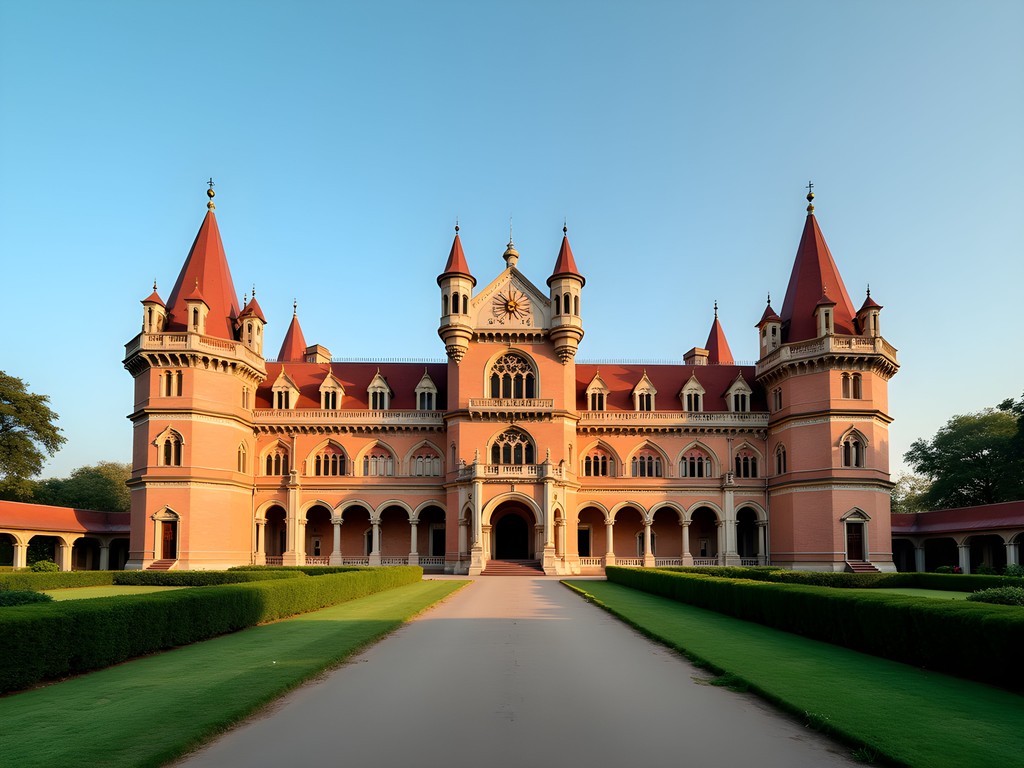
💡 Pro Tips
- Visit early (8-10am) to avoid crowds and midday heat
- The audio guide is available in 8 languages, but the English version is particularly comprehensive
- Photography is permitted in most areas except certain rooms with original artifacts
Tipu Sultan's Summer Palace: A Wooden Wonder Worth Your Weekend
Just when I thought I'd seen enough palaces to last a lifetime, Tipu Sultan's Summer Palace completely changed my perspective. Unlike the grandiose Bangalore Palace, this Indo-Islamic structure from the 1790s showcases the elegant restraint of teakwood architecture. Located in the bustling Kalasipalyam market area, this peaceful enclave feels miles away from the digital economy that now defines the city.
The entry fee is a bargain at ₹200 (~$2.50 USD), and I spent a surprisingly contemplative hour examining the intricate wooden pillars, arches, and balconies. The painted walls depicting battle scenes tell the story of the 'Tiger of Mysore' who fiercely resisted British colonization. As someone who spent decades in environmental law, I couldn't help but appreciate how the palace was designed for natural cooling—an ancient green building, if you will.
The small museum inside houses artifacts from Tipu Sultan's era, including his clothes, crown, and coins. I recommend bringing a pocket magnifier to appreciate the incredible detail on some of the coins and miniature paintings—something I wish I'd had during my visit.
After exploring the palace, I wandered through the surrounding market area, where the scent of jasmine flowers and street food created an intoxicating sensory experience that no business district lunch spot could match.
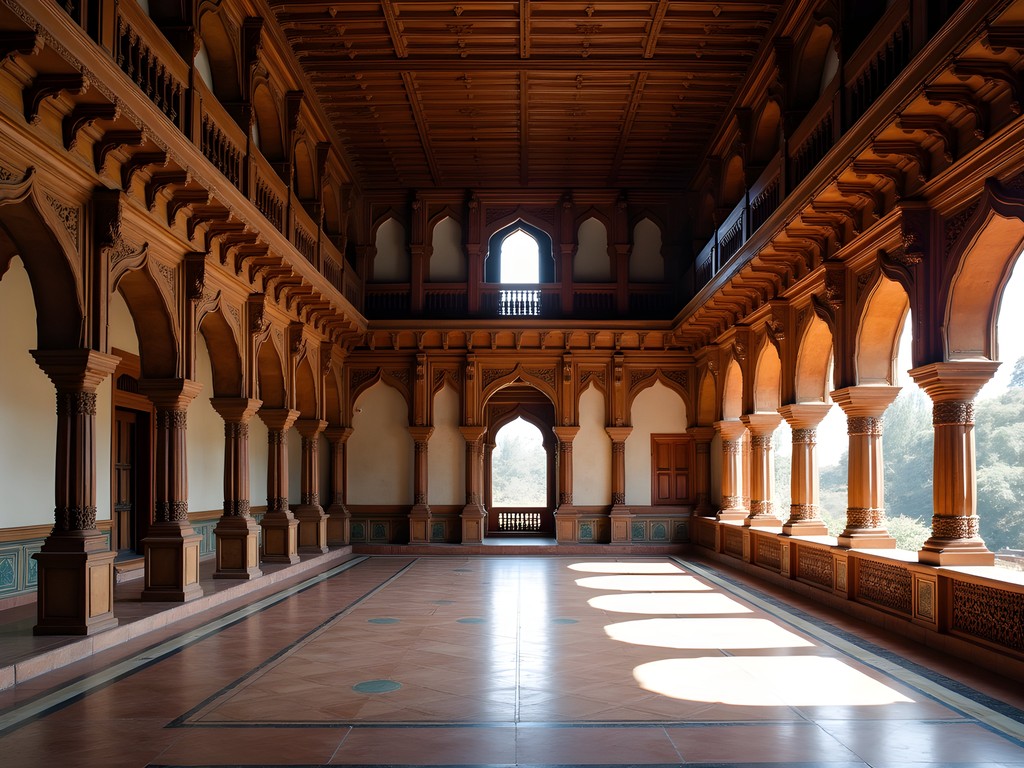
💡 Pro Tips
- Combine this visit with the nearby Kote Venkataraman Temple for efficient sightseeing
- Wear slip-on shoes as you'll need to remove them before entering certain areas
- The palace closes earlier than other attractions (5:30 PM), so plan accordingly
Lalbagh Botanical Garden: Ancient Rocks and Royal Horticulture
Need a break from both business meetings and historical sightseeing? Lalbagh Botanical Garden offers the perfect respite. Established in 1760 by Hyder Ali (Tipu Sultan's father), this 240-acre green sanctuary houses over 1,000 species of flora and a 3-billion-year-old rock formation that dominates the landscape.
I visited early on a Sunday morning when locals gather for walking groups and yoga sessions. For just ₹30 (~$0.40 USD), it's possibly the best value in all of Bangalore. The historical glasshouse, modeled after London's Crystal Palace, hosts flower shows twice annually (January 26th and August 15th), though it's architecturally impressive year-round.
The ancient rock formation, one of the oldest on earth, offers panoramic city views if you're willing to climb the steps to the top. I made the ascent with my trusty hiking poles, which provided welcome stability on the somewhat uneven stone steps. At the summit, I was rewarded with a perspective few business travelers ever see—both ancient geological history and modern technological future spread before me.
The garden's historical significance extends beyond aesthetics. Many trees were imported by Tipu Sultan and the British from distant corners of their empires, creating a living museum of colonial botanical exchange. As someone who spent a career in environmental law, I found the labeled heritage trees particularly fascinating—some specimens are over 200 years old.
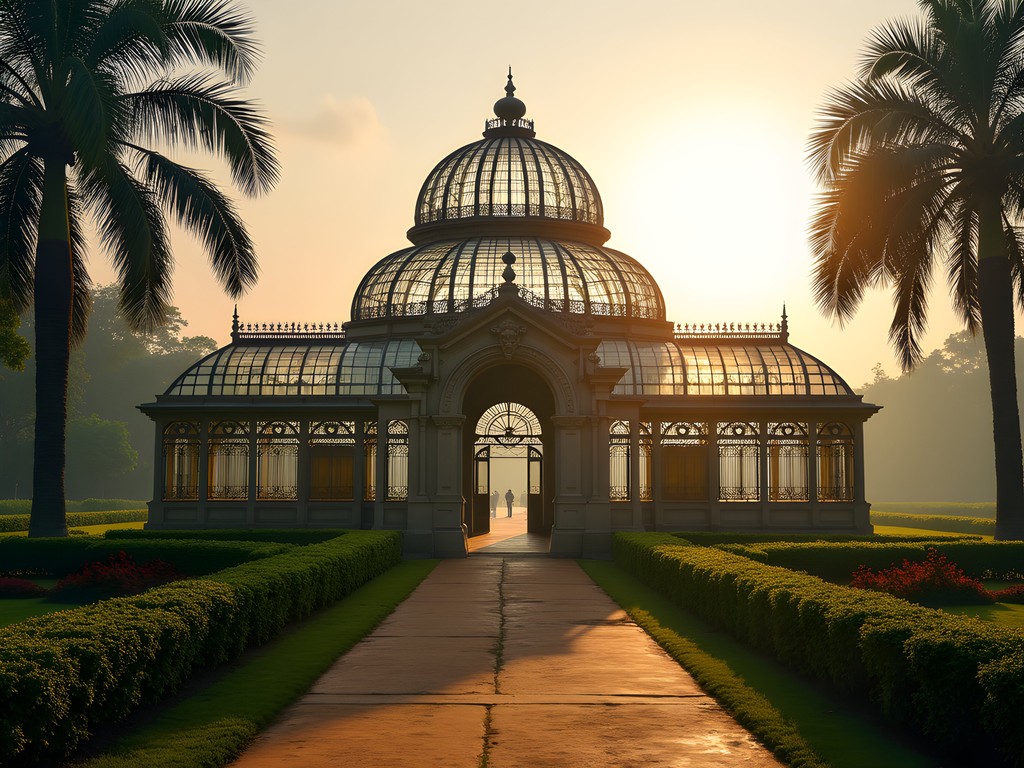
💡 Pro Tips
- Visit during the morning (6-9am) when locals exercise and the light is perfect for photography
- The garden is massive—download the official Lalbagh app which includes a map and tree identification guide
- Bring a light picnic blanket to relax near the lake after exploring
Bangalore Fort & Tipu Sultan's Armoury: Half-Hidden History
What remains of Bangalore Fort today is merely a fragment of its original glory—a Delhi Gate and remnants of the mud walls that once protected the city. Built initially by local chieftain Kempe Gowda in the 16th century and later expanded by Hyder Ali and Tipu Sultan, the fort tells a story of Bangalore before bytes and bandwidth ruled the region.
I almost missed this historical site entirely, as it's tucked away in the chaotic City Market area. The Archaeological Survey of India maintains what little remains, charging a nominal ₹100 (~$1.25 USD) entry fee. The site requires some historical imagination to appreciate fully, but that's precisely what makes it special—it hasn't been polished for tourism like many other attractions.
Nearby stands Tipu Sultan's Armoury, a structure so historically significant that engineers physically relocated the entire building (all 1,050 tons of it!) to preserve it during metro construction in 2017. That's the kind of preservation effort that warms this former environmental lawyer's heart.
Exploring these sites in the heart of old Bangalore, I was struck by how the city has grown in concentric rings around its historical core. To document this fascinating urban evolution, I used my pocket notebook to sketch the juxtaposition of ancient walls against modern apartment buildings—a visual reminder that even Silicon Valleys have deep roots.
After exploring the fort area, I recommend wandering through the adjacent market streets where vendors sell everything from copper vessels to fragrant spices, continuing commerce patterns established centuries ago when the fort was fully intact.

💡 Pro Tips
- Combine this visit with the City Market for an authentic old Bangalore experience
- Hire a local guide who can point out easily missed historical details
- Visit in the early morning before the market area becomes too crowded
Bull Temple & Dodda Ganesha Temple: Sacred Spaces in Silicon City
In the Basavanagudi area of south Bangalore stands one of the city's oldest and most revered temples: the Bull Temple (Nandi Temple). Built in the 16th century by Kempe Gowda in the Dravidian style, it houses one of the largest monolithic bull (Nandi) sculptures in the world. At 15 feet tall and 20 feet long, carved from a single granite boulder, it's a testament to ancient craftsmanship that no modern 3D printer could replicate.
I visited during a weekday afternoon when the temple was relatively quiet, allowing for a more contemplative experience. There's no entry fee, though donations are welcome. Remember to remove your shoes before entering and dress modestly out of respect—I always pack a lightweight sarong that doubles as a shoulder cover for temple visits.
Just a short walk away is the Dodda Ganesha Temple, housing an equally impressive 18-foot statue of Lord Ganesha. What makes this statue unique is that it's made of butter, ghee, and other materials that are periodically reapplied during restoration work. The contrast between these ancient religious practices and the cutting-edge technology being developed just miles away creates a fascinating cultural dissonance.
What struck me most was watching local tech professionals in Western business attire stopping by these temples during their lunch breaks or after work—a beautiful reminder that Bangalore's identity isn't solely defined by its IT parks. The city maintains deep spiritual roots even as it reaches toward a digital future.
Visit during the annual Kadalekai Parishe (Groundnut Fair) in November/December to see the Bull Temple area transformed into a vibrant agricultural festival that has been celebrated for over 500 years—long before anyone here had heard of computer code.
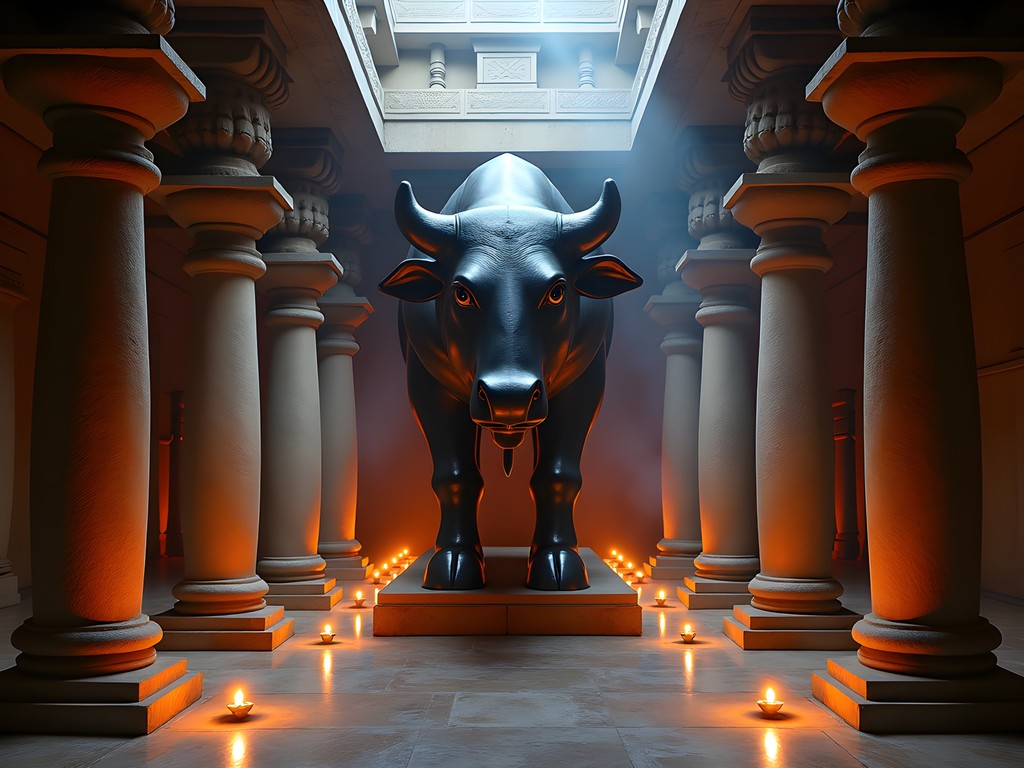
💡 Pro Tips
- Visit both temples in one trip as they're within walking distance of each other
- Early mornings and weekdays offer a more peaceful experience than weekends
- Photography is permitted in the outer areas but restricted near the main shrines
Devanahalli Fort: Birthplace of Tipu Sultan
Most business travelers to Bangalore zoom past Devanahalli Fort without a second glance—it's located just 10 miles from Kempegowda International Airport. But this often-overlooked 18th-century fort complex offers a compelling historical detour, especially if you have a few hours before your departure flight.
Built in 1501 by local chieftain Mallabairegowda, the fort later came under the control of Hyder Ali and Tipu Sultan. In fact, Tipu Sultan—the legendary 'Tiger of Mysore'—was born within these very walls in 1750. The fort has witnessed centuries of power struggles, changing hands between the Marathas, Mughals, British, and local rulers.
I arranged for my taxi driver to stop here on my way to the airport, allowing for a 90-minute exploration. There's no official entry fee, though a small donation is appreciated for maintenance. Unlike the more touristy sites in central Bangalore, Devanahalli Fort offers an authentic, unvarnished glimpse into regional history.
The fort's 20-foot high walls enclose several temples, including the Venugopalaswamy Temple with its impressive stone carvings. I used my travel flashlight to illuminate some of the darker temple interiors where intricate carvings hide in the shadows.
What makes this site special is its relative obscurity. While I explored the ramparts and temples, I encountered only a handful of other visitors—mostly locals paying respects at the temples rather than tourists. The birthplace of Tipu Sultan is marked by a simple plaque, a humble beginning for a ruler who would later challenge the mighty British Empire.

💡 Pro Tips
- Combine with your airport transit—just ask your taxi to stop for 1-2 hours en route
- Wear comfortable shoes as the grounds are extensive and sometimes uneven
- There are few amenities nearby, so bring water and snacks
Gavipuram Cave Temple: Underground History
For my final historical exploration in Bangalore, I ventured to one of the city's most unique sites: the Gavipuram Cave Temple (also known as Gavi Gangadhareshwara Temple). Carved into a monolithic rock face in the 9th century, this temple dedicated to Lord Shiva represents one of Bangalore's oldest structures—predating even the city's official founding.
What makes this temple truly remarkable is its astronomical design. On Makar Sankranti day (usually January 14th), the evening sun's rays pass through a natural arch between two granite monoliths, illuminating the shrine inside the cave—an ancient feat of architectural astronomy that continues to draw crowds of observers each year.
The entry is free, though a small donation is customary. I arrived in the late afternoon when the slanting sunlight created dramatic shadows across the rock-cut sculptures. The temple complex includes several monolithic sculptures, including a massive Nandi (bull) figure outside the main cave.
Exploring the cool, dim interior of the cave temple provided welcome relief from Bangalore's urban heat. I always travel with a travel pillow that doubles as a comfortable cushion for sitting on stone floors during longer temple visits—a small comfort that made contemplating this ancient space much more enjoyable.
The contrast between this ancient cave temple and the nearby modern apartment buildings creates a striking visual reminder of Bangalore's layered history. As I sat in the temple courtyard, watching local devotees perform rituals that have remained largely unchanged for centuries, I could hear the distant honking of cars and occasional notification pings from smartphones—ancient and modern coexisting in remarkable harmony.
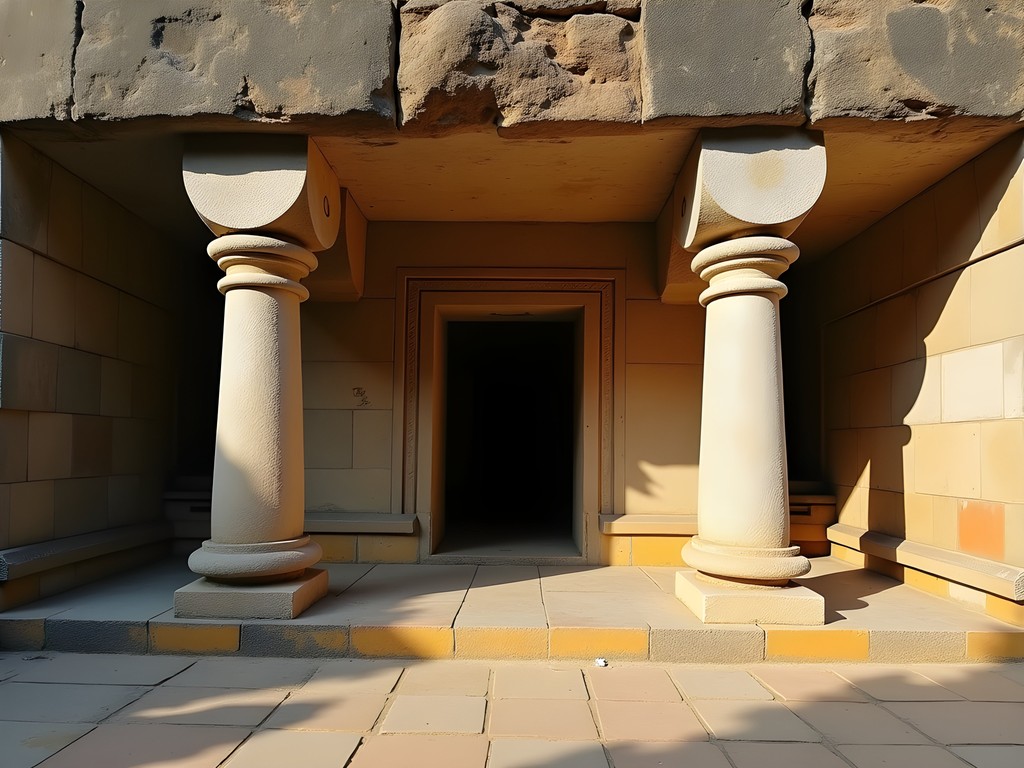
💡 Pro Tips
- Visit in the late afternoon for the best lighting and fewer crowds
- If possible, plan your trip around January 14th to witness the special solar alignment event
- Look for the unique architectural elements like the stone discs and natural monoliths that create the solar phenomenon
Final Thoughts
As my business trip to Bangalore came to an end, I found myself reflecting on how this city defies simple categorization. Yes, it's India's tech hub, where global corporations establish gleaming headquarters and startups dream of unicorn status. But beneath this modern veneer lies a complex historical tapestry that few business travelers take the time to explore.
The seven historical treasures I've shared represent just a fraction of Bangalore's heritage sites. What makes them special isn't just their architectural significance or historical importance—it's how they continue to be integrated into the daily life of a thoroughly modern city. Tech workers still seek blessings at ancient temples before launching new apps. Families still picnic in gardens established by kings who ruled centuries before electricity.
Next time your company sends you to Bangalore for meetings or conferences, I hope you'll carve out a weekend to explore beyond the business districts. Pack comfortable walking shoes, a respectful attitude, and a sense of curiosity. The ancient stones of Bangalore have stories to tell—stories that no PowerPoint presentation or quarterly report could possibly capture.
✨ Key Takeaways
- Most of Bangalore's historical sites are budget-friendly and can be explored during a weekend break from business activities
- Early morning visits offer the best experience—cooler temperatures, better light for photography, and smaller crowds
- The juxtaposition of ancient monuments and modern tech infrastructure creates a uniquely Bangalorean experience
- Many historical sites are actively used for worship or recreation by locals, offering insight into contemporary Indian culture
📋 Practical Information
Best Time to Visit
November to February (winter season) when temperatures are mild and rainfall is minimal
Budget Estimate
$50-100 for a weekend exploration (excluding accommodations)
Recommended Duration
One full weekend (2 days)
Difficulty Level
Easy


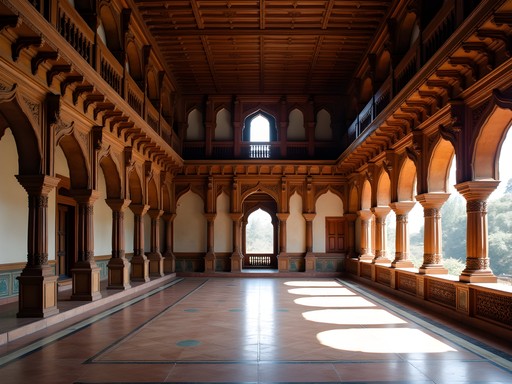
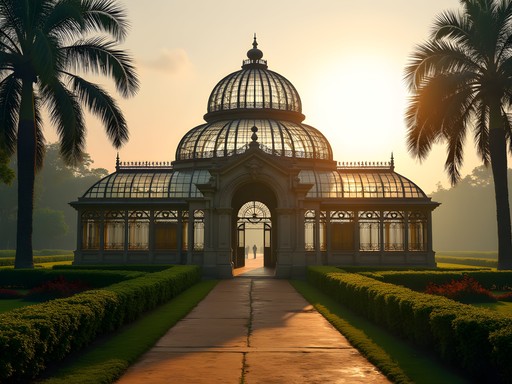
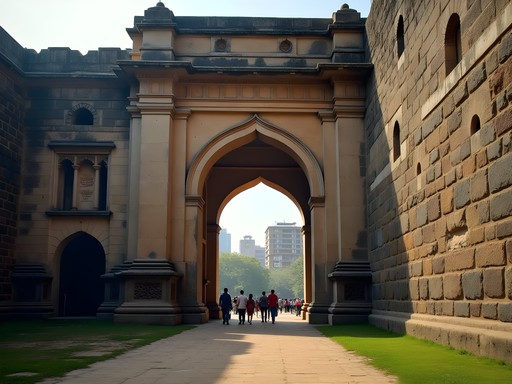
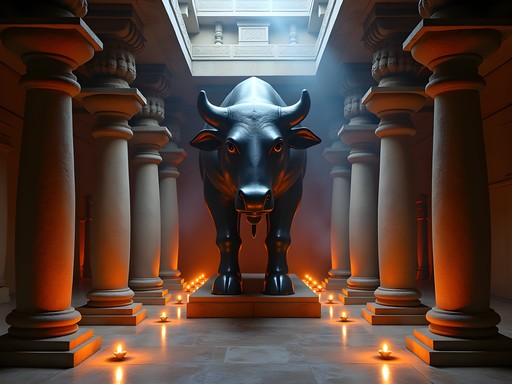
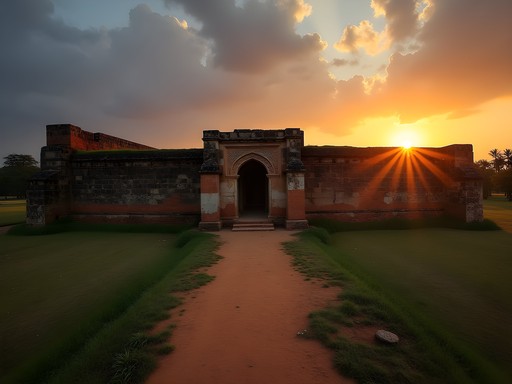



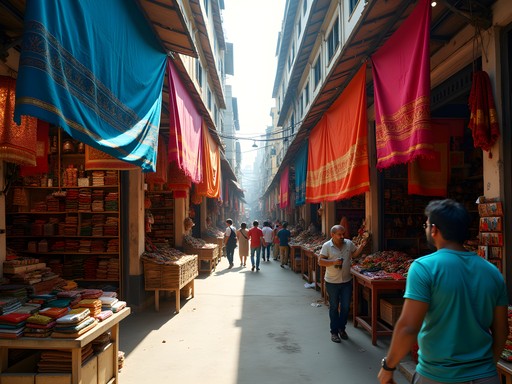

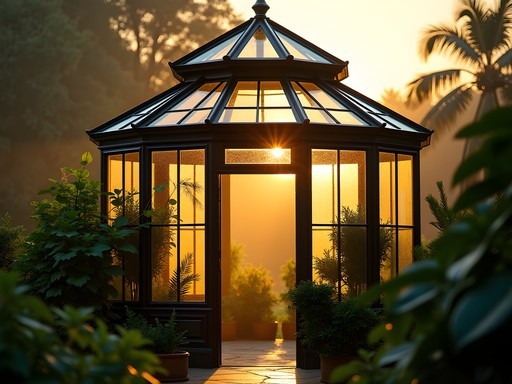

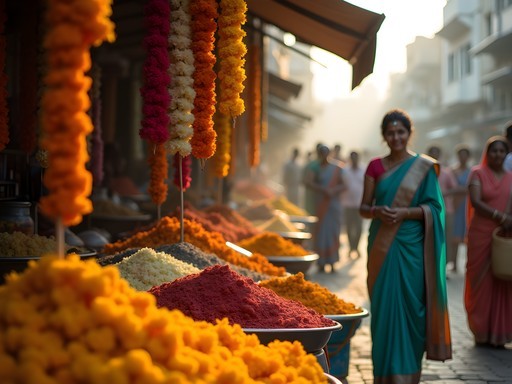
Comments
winterstar
Those palace photos are stunning! Never would have guessed Bangalore had such beautiful historical buildings!
escapeclimber
Great post! I'm heading to Bangalore for a tech conference next month and will have 2 days free. If you had to pick just 2 of these historical sites to visit, which would you recommend? Also, is it easy to get around with Uber/Ola or should I hire a driver for the day?
Skylar Garcia
If you only have time for two sites, I'd recommend Bangalore Palace and Lalbagh Botanical Gardens. They give you a good contrast of royal history and natural beauty. As for getting around, I used Uber throughout my stay and found it reliable and affordable. Just allow extra time during rush hours as traffic can be intense!
vacationmaster
This is EXACTLY what I needed to read! I'm heading to Bangalore for a tech conference next month and was worried it would be all business parks and no culture. Definitely adding Bangalore Palace to my itinerary now. Did you find it easy to get around between these historical sites? I'll probably only have 2-3 free days.
Skylar Garcia
So glad this helps! Transportation is surprisingly decent - I used Uber most of the time, but the metro is great for certain spots. Try to group Tipu Sultan's Palace and the Fort together since they're relatively close. The Palace and Lalbagh could be another day combo.
vacationmaster
Thanks for the tips! Will definitely plan accordingly.
Jean Wells
I visited Bangalore last year as part of my tour of South Indian historical sites. The Bangalore Palace was indeed impressive, though I found the audio guide lacking in depth. If you're interested in the architectural details, I recommend hiring a local guide outside the palace - they often have fascinating stories that aren't in the official tour. The Tipu Sultan's Summer Palace was unexpectedly moving - the wooden craftsmanship is extraordinary when you consider its age. I spent an entire afternoon at Lalbagh Botanical Garden sketching the ancient rock formations. The contrast between coding campuses and these historical treasures is what makes Bangalore uniquely fascinating.
moonclimber673
Did you get to see the Bangalore Fort too? I heard it's partially demolished but still worth visiting.
Jean Wells
Yes, the fort is fragmentary but historically significant. I found it less visually impressive than the other sites, but the remaining Delhi Gate has a certain dignity to it. The nearby Tipu's Armoury is more interesting if you're into military history.
winterdiver
Just showed this to my Indian colleague and he was super impressed with how many historical spots you found! He said most business travelers never see this side of Bangalore. Great job!
sunnychamp
Wow, I had no idea Bangalore had so much history! Always thought it was just tech offices everywhere. Adding this to my bucket list!
Jean Wells
That's exactly what makes Bangalore special. The juxtaposition is quite remarkable.
Sage Dixon
Skylar, you've captured the essence of Bangalore perfectly! I was there for a climbing expedition in the nearby Ramanagara area (about an hour from Bangalore) and spent my downtime exploring these exact spots. The juxtaposition of ancient structures against the backdrop of tech offices is surreal. My favorite discovery was actually the area around Bangalore Fort at sunset - found a small rooftop café where you could sip chai while watching the old and new city come alive with lights. I tracked all my adventures using my travel journal which has special pages for city explorations. Bangalore definitely deserves more than just a business trip!
explorerider
How's the weather in Bangalore? Best time to visit these historical sites?
coffeeexplorer
I went in October and it was perfect! Not too hot, occasional light showers but nothing that ruined plans. Apparently Dec-Feb is also great. Avoid summer monsoon season if you can!
triphero
Just got back from Bangalore and can confirm these spots are amazing! I'd add Bull Temple to the list - it's not far from Lalbagh and has this massive granite bull statue that's super impressive. Also found that using the Namma Metro was super convenient for getting around to most of these spots.
George Hayes
This brings back memories! I took my family to Bangalore last year, and my kids were absolutely mesmerized by Tipu Sultan's Summer Palace. The wooden architecture was unlike anything they'd seen before. What really worked for us was hiring a local guide who could tell stories about the sultan that kept the kids engaged. We also found that visiting the Bangalore Fort early on a weekday meant we practically had the place to ourselves. One tip for families: bring plenty of water and snacks since the food options around some of these historical sites can be limited. Bangalore's mix of history and tech energy is what makes it special!
winterdiver
Did you use public transportation with your kids or hire a driver? Planning a family trip there soon!
George Hayes
We used a mix! Uber works great in the city, but we hired a driver for a full day to hit multiple sites. The kids loved the adventure of it all!
Venture X
Premium card with 2X miles, $300 travel credit, Priority Pass